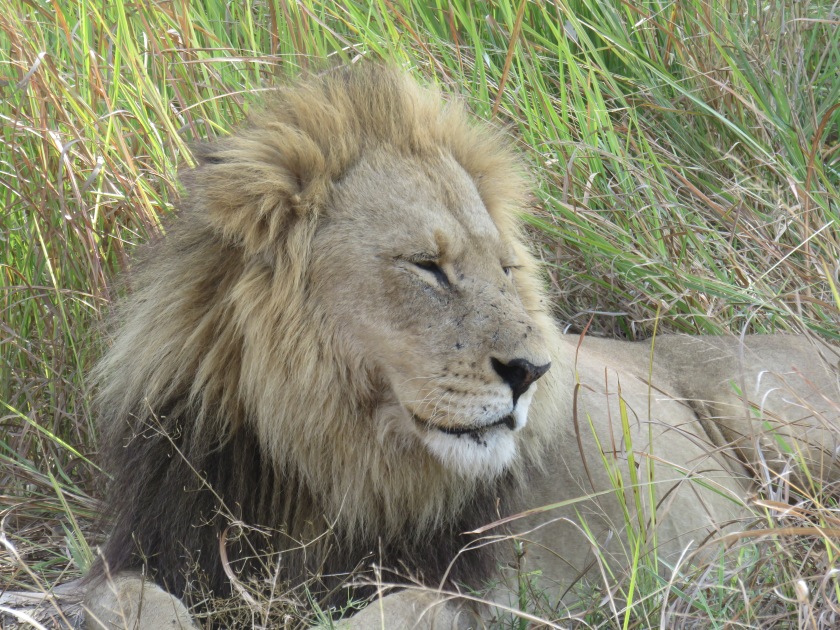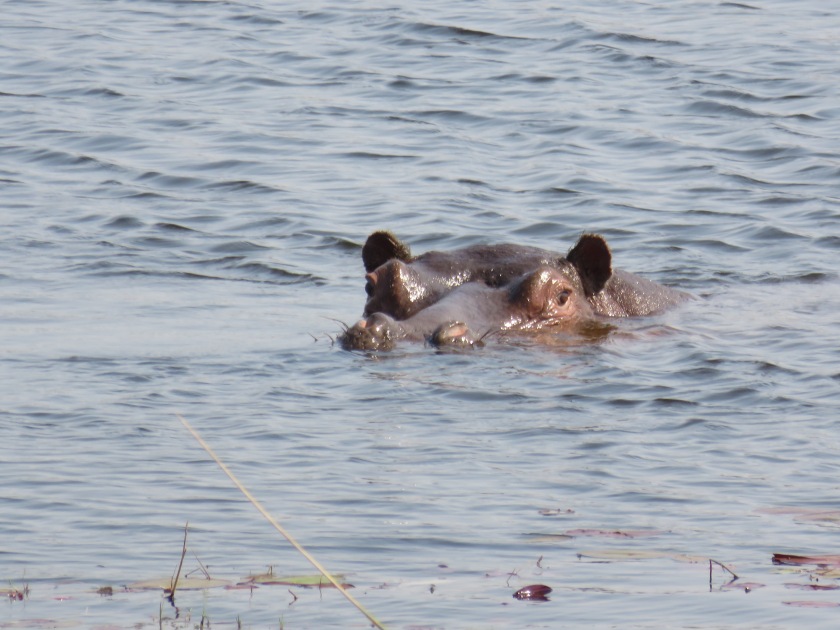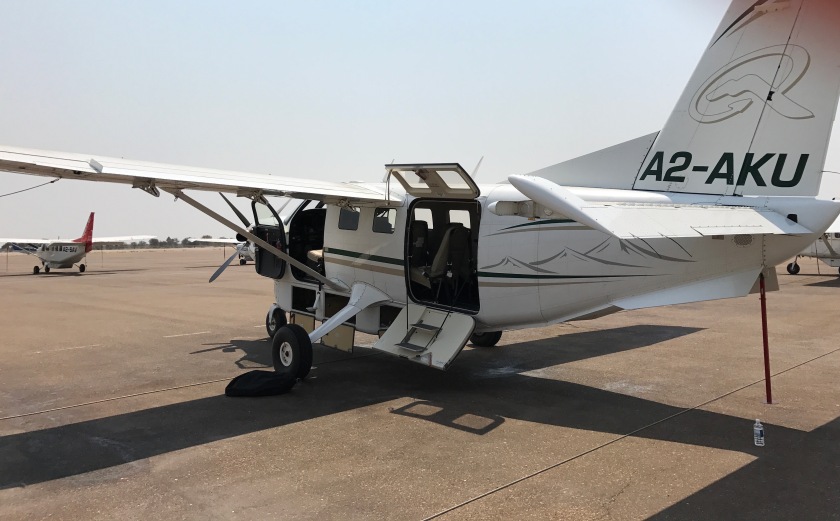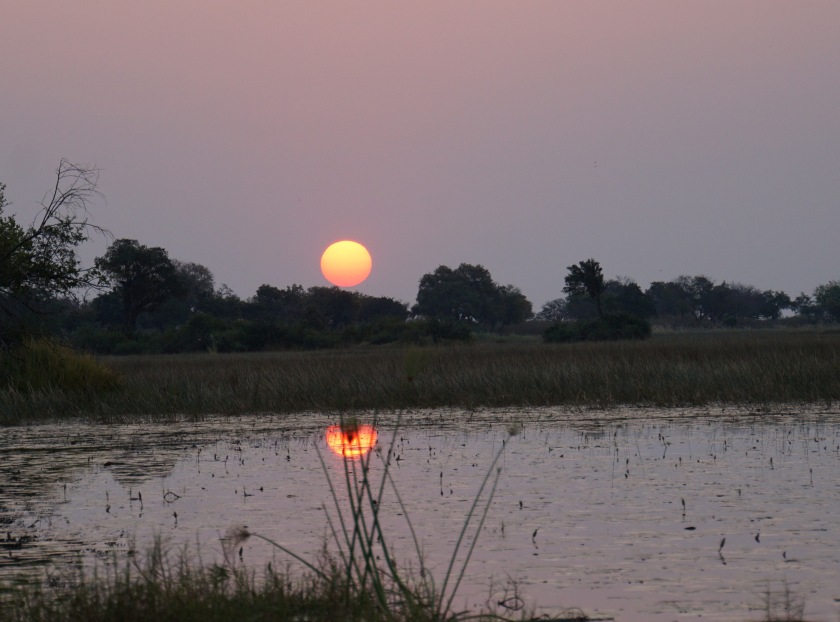 Sunset on the Okavango delta which has nothing to do with celiac but I love this photo
Sunset on the Okavango delta which has nothing to do with celiac but I love this photo
I find when I travel or even when I’m planning a trip, people are curious as to how I manage as a veganish-pescatarian celiac. Actually, folks seem particularly interested in how I manage celiac since gluten – wheat, oats, barley, and rye are in foods everywhere.
When I was first diagnosed with celiac, I thought my traveling days were over. How could I travel, eat, enjoy myself, and not end up sick? Turned out, I found ways. When two years ago for health reasons, I embraced a veganish-pescatarian diet (in addition to the gluten free diet), I knew traveling and eating and staying well would be tough. The vegan part of my diet complicates travel because much of the world consumes lots of dairy in the forms of cheese, cream, and milk.
How have I managed?
By planning, preparing, and being super aware.
On our recent trip to Africa, we visited South Africa, Zimbabwe, and Botswana. We booked this trip through Africa-Adventure Company (www.africaadventure.com) so much of the food worries were handled by them. The company not only booked the trip but alerted every hotel and safari camp regarding my dietary needs. The chef at the Residence in Johannesburg was ready for me with gluten free bread and crackers and wonderful food.
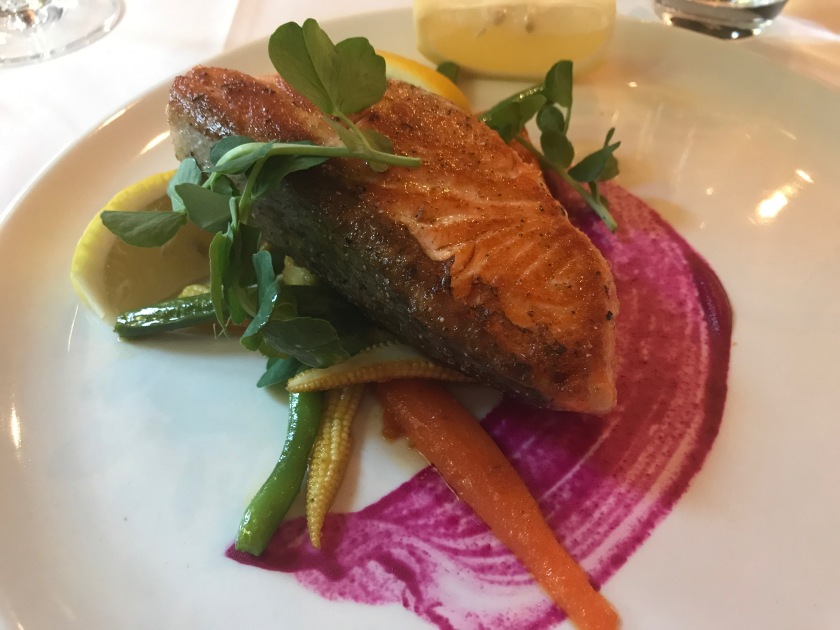
Grilled salmon on a puree of beetroot. Delicious and safe.
At Ngala safari camp in SA, a place known for excellent service and extraordinarily large food portions, the chef and management staff met with me, reviewed my food preferences (no dairy, meat, or gluten and fish only, lots of vegetables) and set about delivering delicious meals, complete with freshly baked gluten free breakfast rolls. While I stayed at the camp, the chef prepared all the soups without dairy. He made the creamy, yummy dairy-free pumpkin soup pictured below and everyone at camp benefited from my diet. I experienced the same attention to detail and care with food at Kanana in Botswana.
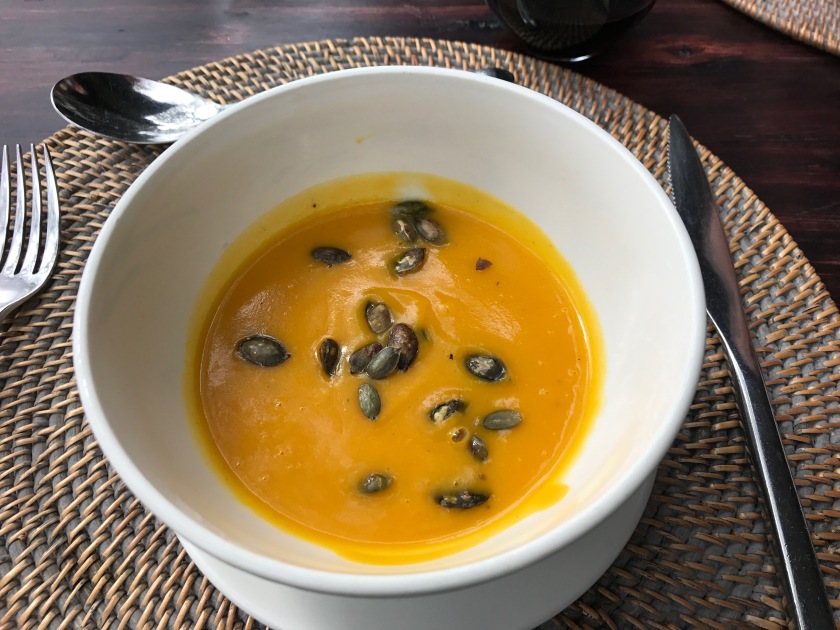
Healthy, dairy-free pumpkin soup at Ngala
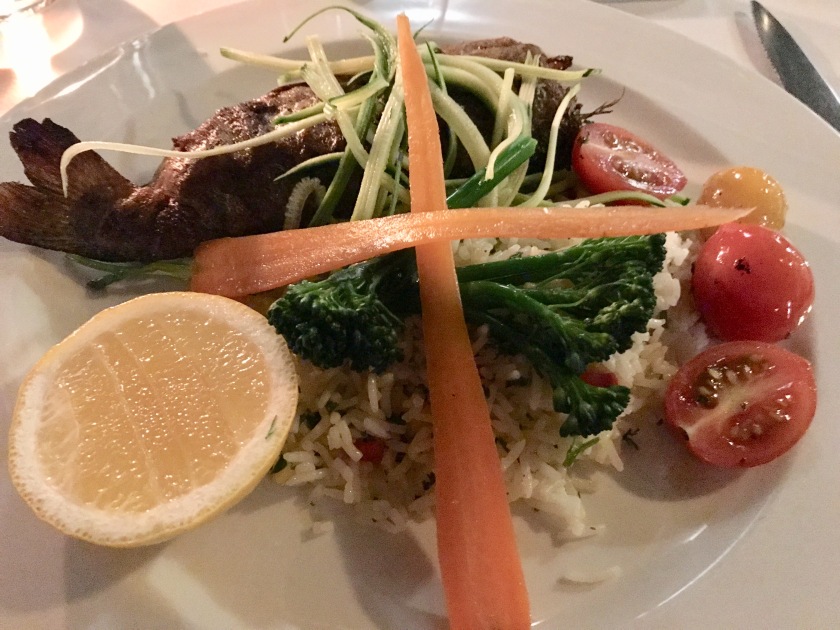
A dinner of vegetables, rice, and grilled fish in Botswana
But beware — when traveling and always!
With that said and with all that went so right, I’m a vigilant traveler where food is concerned. For example, on our American Airlines flight from Los Angeles to London, I’d ordered gluten free meals. One meal arrived clearly labeled GF and included a roll packaged in plastic with the ingredients listed. First ingredient — wheat!
This doesn’t just occur on AA. A gluten free vegan meal on Virgin Atlantic was covered in cheese while another came with a cookie made with wheat flour. I travel with vigilance and strong reading glasses for decoding the tiny print on food packages because I’m concerned about hidden gluten, even if the airlines are not.
While my food concerns on the Africa trip were mainly handled by others that isn’t always the case when I travel. Frequently, R and I do lots of research using
excellent gluten free travel sites that make traveling with celiac so much easier. My favorite is glutenfreetravelblog on typepad (www.glutenfreetravelblog). The site offers reviews of restaurants, travel locales, and a link to Gluten Free Travel-US (glutenfreetravel-us.com) a travel agency focused on helping those with dietary restrictions enjoy travel.
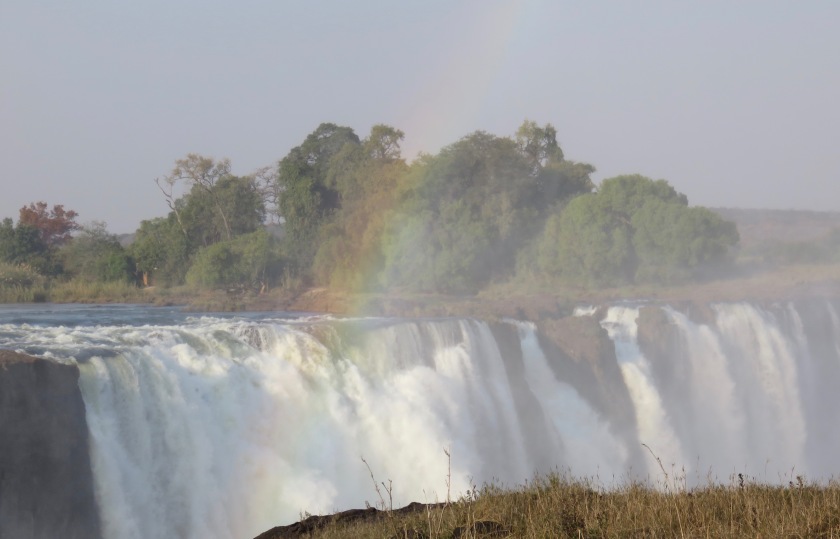
Victoria Falls, Zimbabwe
Traveling is challenging for anyone with dietary restrictions but is doable and so worth the extra effort.
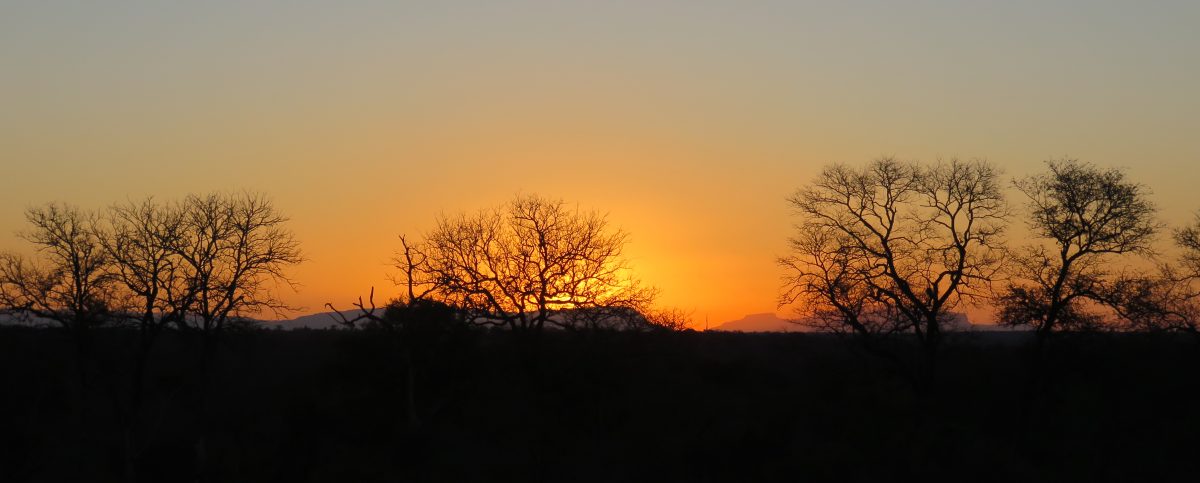
 Leopards belong in trees and not roaming through safari camps, hunting.
Leopards belong in trees and not roaming through safari camps, hunting.